Dr. Ali’s Stroke Rehab Program
Duration: 12-14 Weeks
Locations: New Delhi, India – Los Angeles USA – London UK – Jeddah KSA – Dubai UAE
Our integrative and holistic approach to stroke-rehab is unique with over 50% recovery in bedridden patients in less than 3 months. And, over 80% in patients with mobility. I discovered that the subconscious brain has its own circulatory network, an independent one at a higher level of the brain, where it is re-enforced by a branch of the carotid arteries, namely the internal carotid artery, as a back-up. This enforcement happens so that additional blood can be supplied to the Pituitary Gland, to produce vital hormones, to the Hypothalamus, or Headquarters of the Subconscious Brain and to the other important centres. These are the areas we stimulate and where the stroke healing begins.

Overview
Oxygen and Glucose are the key-controllers of brain activity. In any kind of malfunctioning of the brain tissue or injury, if blood flow to 40% of the subconscious brain is reduced it begins to malfunction and chronic fatigue sets in. Person feels tired, lethargic, listless etc.
The Discovery
When the apple fell on my head, I discovered that the subconscious brain has its own circulatory network, quite independently, except that, at a higher level of the brain, it is re-enforced by a branch of the carotid arteries, namely the internal carotid artery, as a back-up. This enforcement happens so that additional blood can be supplied to the Pituitary Gland, to produce vital hormones, to the Hypothalamus, or Headquarters of the Subconscious Brain and to the other important centres. Both halves of the brain have their own independent supply of blood. The carotid supplying blood to the conscious part of the brain while the vertebral artery supplying blood to the subconscious part. Decreased blood supply to the brain can diminish its functions. If there is anaemia or low blood pressure, the effect is obvious. The person feels very tired, has mild palpitations, yawns and sighs a lot, feels dizziness, has headaches and has a ' sinking feeling ' in the heart.
Blood-Oxygen Indicators
To understand this better– Before menstruation, blood rushes to the lower abdomen to form a reserve in the pelvic region, in preparation for a sudden haemorrhage. This draws blood away from the brain, resulting in a range of physical and psychological symptoms known as Pre-menstrual Syndrome.
About 3-7 days before the onset of the period, women may feel agitated, exhausted, emotional (often unreasonably), panicky, restless, suffer sleeplessness etc.
Water retention and painful breasts are hormone - related and they are caused by functions of the Pituitary Gland which controls and regulates hormones.
If the blood flow is reduced further, by about say 60 %, the person experiences headaches, nausea, sickness, extreme fatigue, loss of muscle power, extreme sensitivity to light, dizziness, imbalance etc.
Blood supply into the Subconscious Brain
Similarly, if blood flow to the Subconscious Brain is reduced by more that say 80 %, the person gets panic attacks, vertigo, epileptic fits, acute tinnitus, sees flashing lights, palpitations and has tremors in the body etc. If the blood to the Subconscious Brain is reduced by more than 80 %, then fainting occurs and a person will collapse.
If, however, the oxygen supply through blood stops for 4 minutes, the brain then suffers irreversible changes. Its proteins change and the cell walls loose their functions. On the other hand, if the body is in a frozen state and the heart stops because of that, such as drowning in an ice-cold lake , then the cells of the heart and respiration centre’s are kept inert.
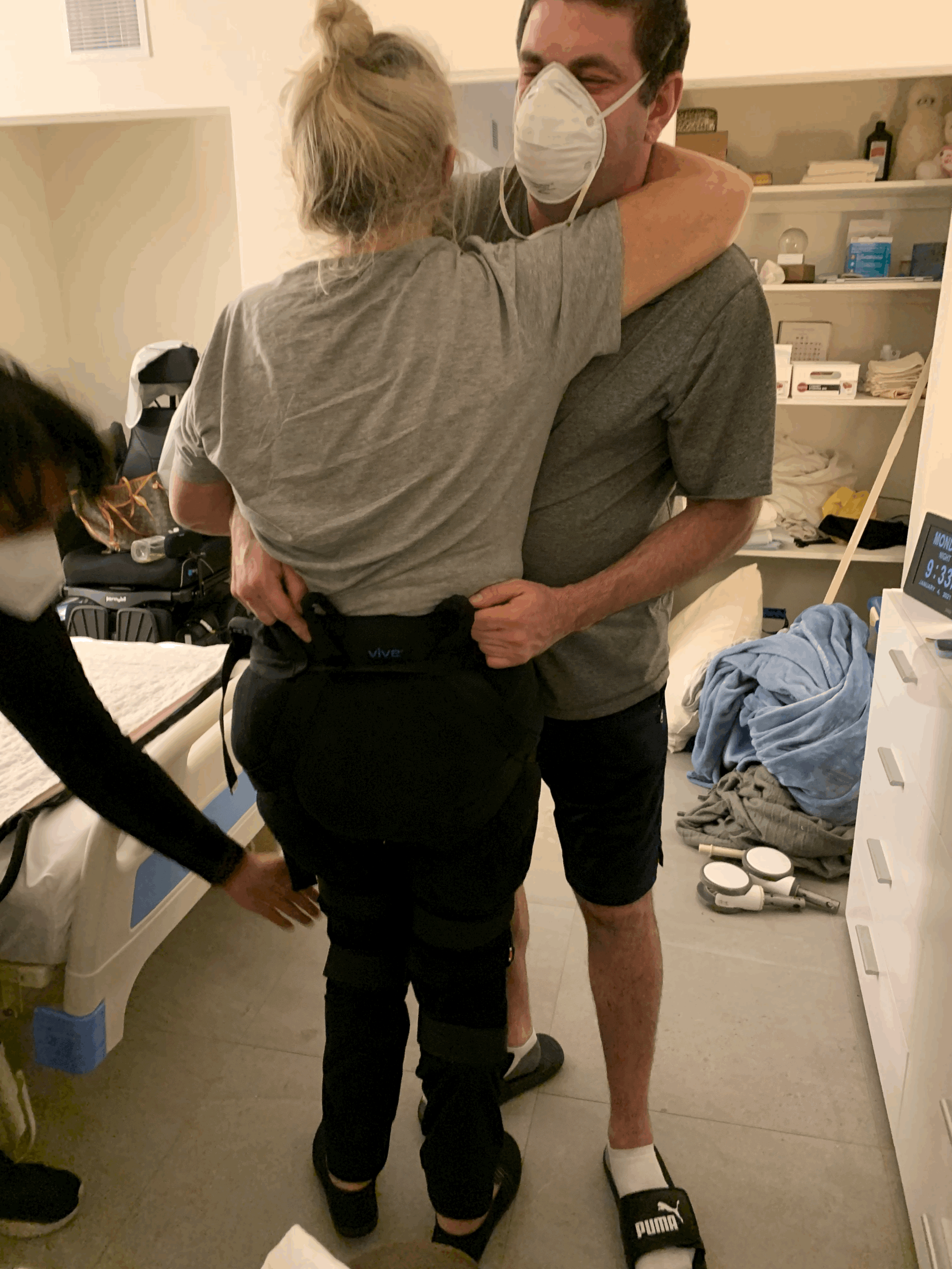
12 Week Intense Stroke Rehab Program
The stroke programme aims at creating a balance in energy, blood flow, lymph flow, fluid uptake and nutrient absorption thereby mimicking an environment where wellness and wellbeing is promoted. Know that the patient has gone through an intense period of change within their body as a result of the disabilities. There have been hormonal changes which affect other systems and organs. Adding to that the medicines which essentially are chemicals overworks the body and liver. To continually mimic this environment we will customise treatment durations and extent of intensiveness basis patient fatigue, sleep, mood, strength and motivation. No two days will be alike. Long term goal being maximal independent functioning.
Key takeaways of the programme will be a revitalised energy system and its flow through meridians, circulation to dense areas of the brain, organ health, improved lymphatic system and corresponding immunity, reduction in toxins, loosening and strengthening muscles, neuro-muscular repair, neuro-cardio health, reducing fatigue, improving sleep, coordination, alertness just to name a few.
Phases of Stroke characterised after the onset of the first- stroke (Hemorrhagic and Ischemic)
Primary inflammatory phase - by painful range of motion, edema, warmth and erythema of hand and wrist, ankle and sole of feet
Secondary - by atrophic skin changes, progressive loss of range of motion exercises, reduced skin temperature, and occasionally pain reduction
Final phase of irreversible skin and muscular atrophy, variable pain, severe loss of range of motion and extensive Osteoporosis.
Improvements in Patient
Subjective Improvements - Small improvements visible only to the Practitioner and sometimes felt by the patient.
Objective Improvements - Patient and Family Members see visible changes in Patient.
All objective improvements are subjective, but not all subjective improvements are objective.
Treatment Duration (2 - 2.5 hours per day) x 90 days
Daily Marma Massage (30 mins) of important points throughout the body covering all areas until finer nerve endings to stimulate motor recovery, stimulation of important neurologic junctions and overall flow of energy throughout the body. This is a massage given daily to revitalise the body and get the blood flow to deficient areas. Any pain or numbness developed as a result of stroke is taken care of here. More focus on the neck and spine followed by the head and calves. Full body treatments are given. This relaxes the muscles and helps patient heal quicker.
Spinal Articulations and Gentle Soft-tissue Manipulation of the Spinal Vertebrae to facilitate CSF fluid movement, discmovements and spinal-vertebrae locomotion.
Cranio-Sacral Treatments around Cervical vertebrae enabling better blood flow and fluid uptake through the Occiput area and small ligaments.
Neck Treatment (Carotid + Vertebral) using the Ali Technique accessing deeper areas and capillary network, stimulated to push blood flow to the brain and nourish deficient areas affected by the stroke.
Ayurvedic and Unani Herbal Supplements when needed
Acupuncture along meridians (for flow of Qi to all areas). This is done 1-2 times per week. Helps in stimulation of Motor Neurons and it’s terminal branches and subsequent activation of corresponding muscle.
Osteopathic Techniques for joint articulation and manipulation to prevent subluxation and improve mobilisation.
Functional Training to compensate for residual impairments.
Physiotherapist support in muscle strengthening, coordination and weight bearing with balance training.
Medical Parameter Monitoring and routine Doctor visits to check on progress and any underlying complications.
Rehab Prep (Key Focus Areas Only): Week 1
Initial examination of Patient through thorough Neurologic examination.
Neurologic findings used towards Prognostication, development of rehabilitation plan and selecting appropriate settings for rehab.
Assessment of resultant Neurologic Deficits, impairments with functional limitations and disabilities.
Checking for grade of Spasticity due to sustained posturing of the limbs.
Fully body treatments (1.5- 2 hours per day therapy). Weekly Goal: ± 12 hours / per week Therapy. 6 days per week sessions.
Our specialised Neck Treatment designed to increase blood flow to the conscious and subconscious parts of the brain through the Carotid - Vertebral Artery network. Stimulation of neck and massage along the front and back of the neck to push blood into finer capillaries, muscles and nerve stimulation through manual palpation and pressure.
Neck Treatment is combined with Articulation, Traction and Cranio-Sacral Therapy of Neck and surrounding Vertebrae, Muscle groups, Discs and Paraspinal muscles.
Osteopathy Techniques with focus on soft-tissue and myofascial release. Patient’s benefit from this due to tightness in the hip and neck.
Some initial pain that may have developed after the onset of stroke due to decreased patient movement is taken care of with Marma and Physical Massage along the tendons, ligaments and muscles to free them up and loosen up the fibres. This allows pre-conditioning of the mind which later helps in physical movements in the patient.
Spasticity: Increase in tonic stretch reflexes that contribute to motor-impairment, pain and disability after stroke. If needed, anti-spastic medication can be administered by focal management or with Botulinum Toxin injections.
Spinal Articulation -Manual movements of spine and traction of Vertebrae to improve impulses and communication with brain along spinal cord.
Basis of Limb Locomotion Approach
Strengthening, Range of Motion exercises
Balance Training, and postural control
Calf Massage to improve blood flow to lower proximities along the Saphenous Veins and superficial peroneal nerve. These are the main motor suppliers along the leg.
Early mobilization efforts in patient to reduce risks of
But not limited to:
DVT
Deconditioning
Gastroesophageal regurgitation and aspiration
pneumonia
Contracture Formation
Skin breakdown, and
Orthostatic intolerance
Mobilization: Using a set of physical activities which will be started as passive but will quickly begin with active participation by patient.
Walking over ground to counter weakness, balance coordination, spatial orientation and cognitive function.
Harmful effects of immobility can be ameliorated by regular passive stretching and moving the joints through a full range of motion, preferably twice a day.
Timing and Progression of activities depend on Patient’s condition. Changes will reflect initially in a linear manner before picking elevated progress.
Psychological Considerations: Conversations with the patient that allow the Practitioner to connect and understand any limitations, signs of depression, new onset of any disability, grief, anxiety, despair, anger, frustration or confusion. Conversations that promote feedback and contribute towards Neuroplasticity - (Ability of nervous system to modify structural and functional organisation). Peer support can be achieved.
Fatigue is common in post-stroke management and treatments are augmented to minimise patient fatigue to avoid plateau in recovery and rehabilitation.
Cognition, Language and Communication Problems (if any): Recovery from aphasia. Slowed speech rate and cognition patterns. Speak and Write development strategies. Visual action therapy if needed. Oral reading and Conversational coaching.
Unmasking of previously latent functional pathways
Early recovery (Local Processes)
Recovery of Partially Damaged Ischemic Neurons
○ Resorption of Local Toxins
○ Reperfusion of Ischemic Penumbra
○ Resolution of post-stroke edema
Acupuncture: Maximum of 2-3 times per week with focus on paralyzed limbs and stimulation in a coordinated sequence resulting in functional movement
Use of assistive devices such as Wheelchair or Braces to help in assisted movements
Yoga: Initial help offered in doing simple asanas to build flexibility and increase the extent of recovery. This can be done by themselves later under the supervision of the care-giver. Asana’s will be shown and complexity determined by flexibility. Yoga helps improve coordination and balance in patients and simple asanas open the way for complex coordinated movements.
This covers the basics of the treatments. The actual treatments are quite intensive when employed together in an intensive rehab programme. The duration of which ranges from 12-14 weeks. Each day there is patient progress and improvements.
Patient Progress
Improvements made by patient after 2 weeks
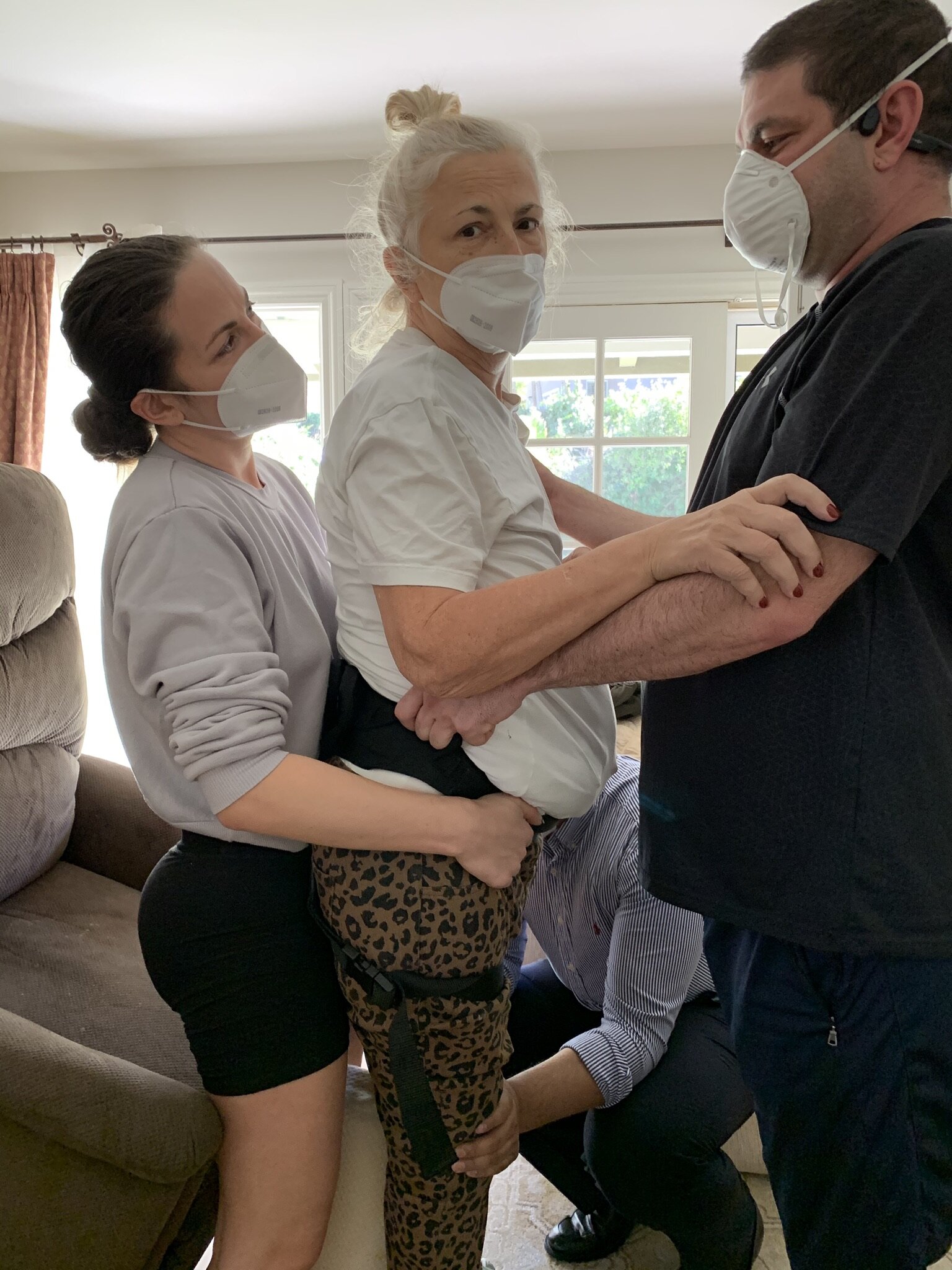
“Imagine you are watering the garden . Some areas get more water than others depending on the uneven surface of the grass, distance from the source etc. If the pressure of the water in the hose pipe is low and not enough flows through it, those areas will receive very little water; some areas will only receive a trickle. Similar things happen in the brain. There are numerous blood vessels and they are not perfect in shape and size (rather like our face, eyes, nose, thumb prints etc.). Even when the pressure, or volume, of blood running through it is adequate, the various parts of the brain get varying amounts of blood.”
— Dr. Mosaraf Ali
New Delhi 2019
Dr. Ali here working with a stroke patient in New Delhi who was bedridden post a haemorrhagic stroke



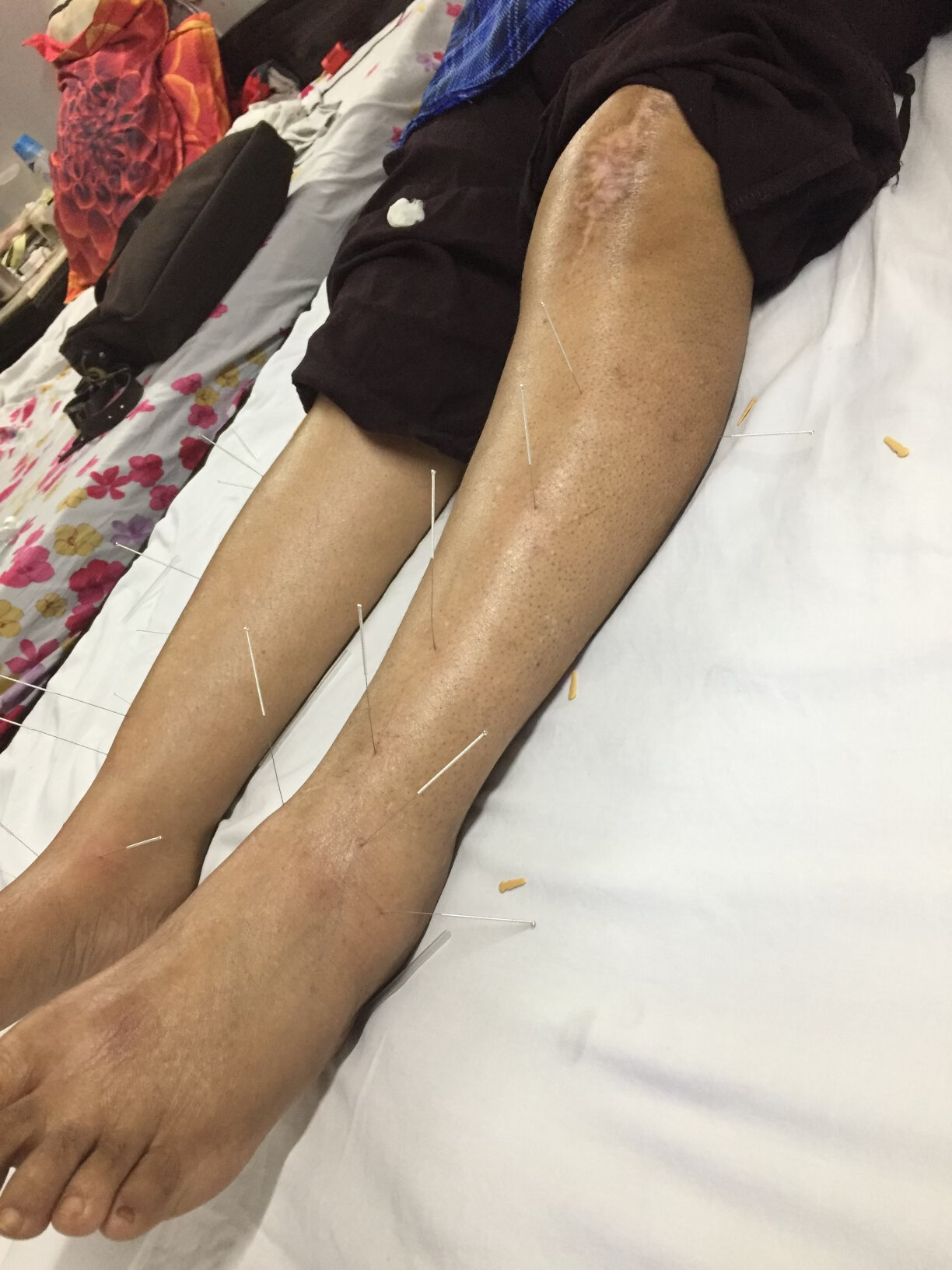



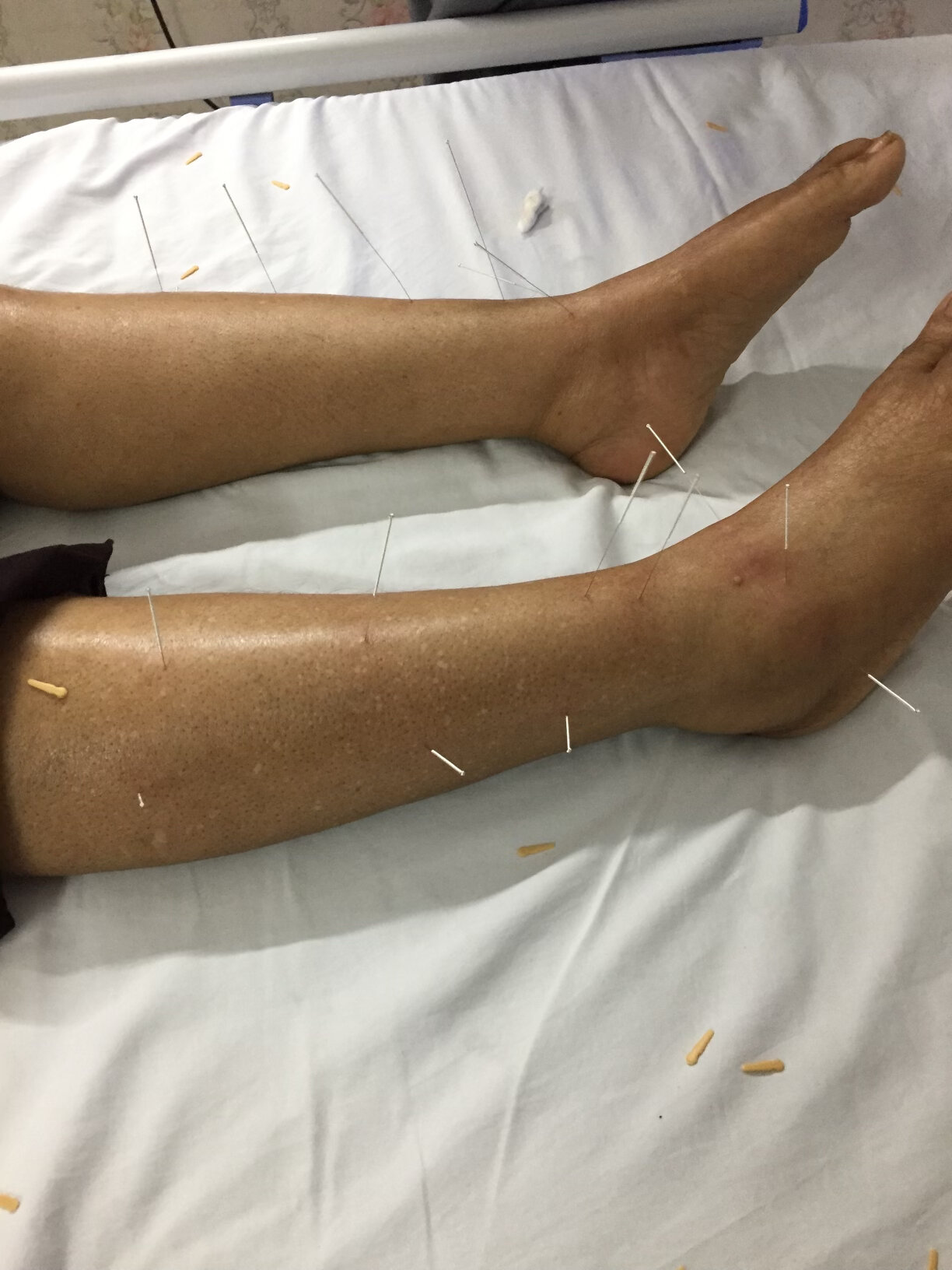
Jeddah (Saudi Arabia) 2019
Dr. Ali is here working with a few patients who were bed-ridden but gained momentum after his treatments




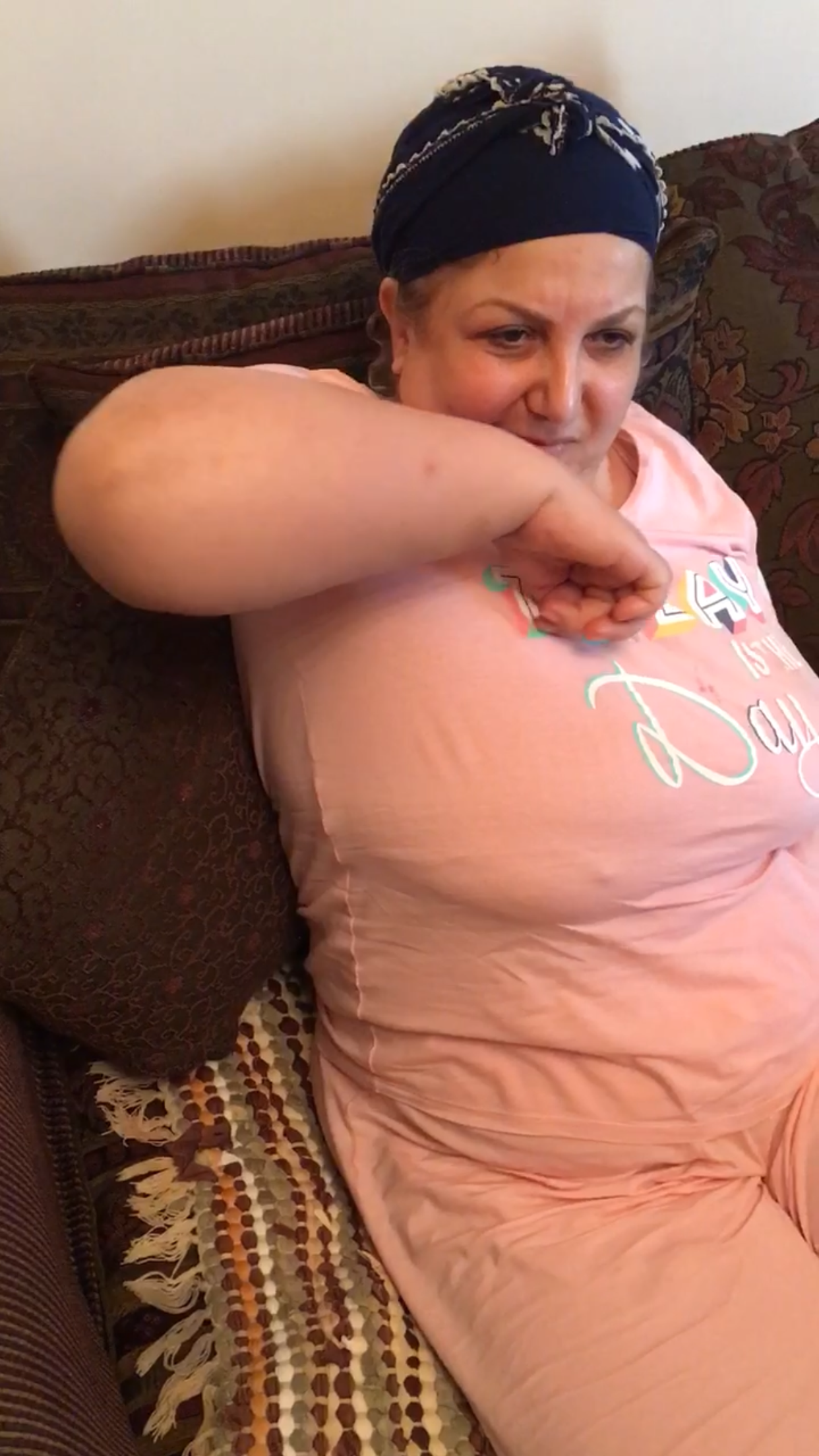




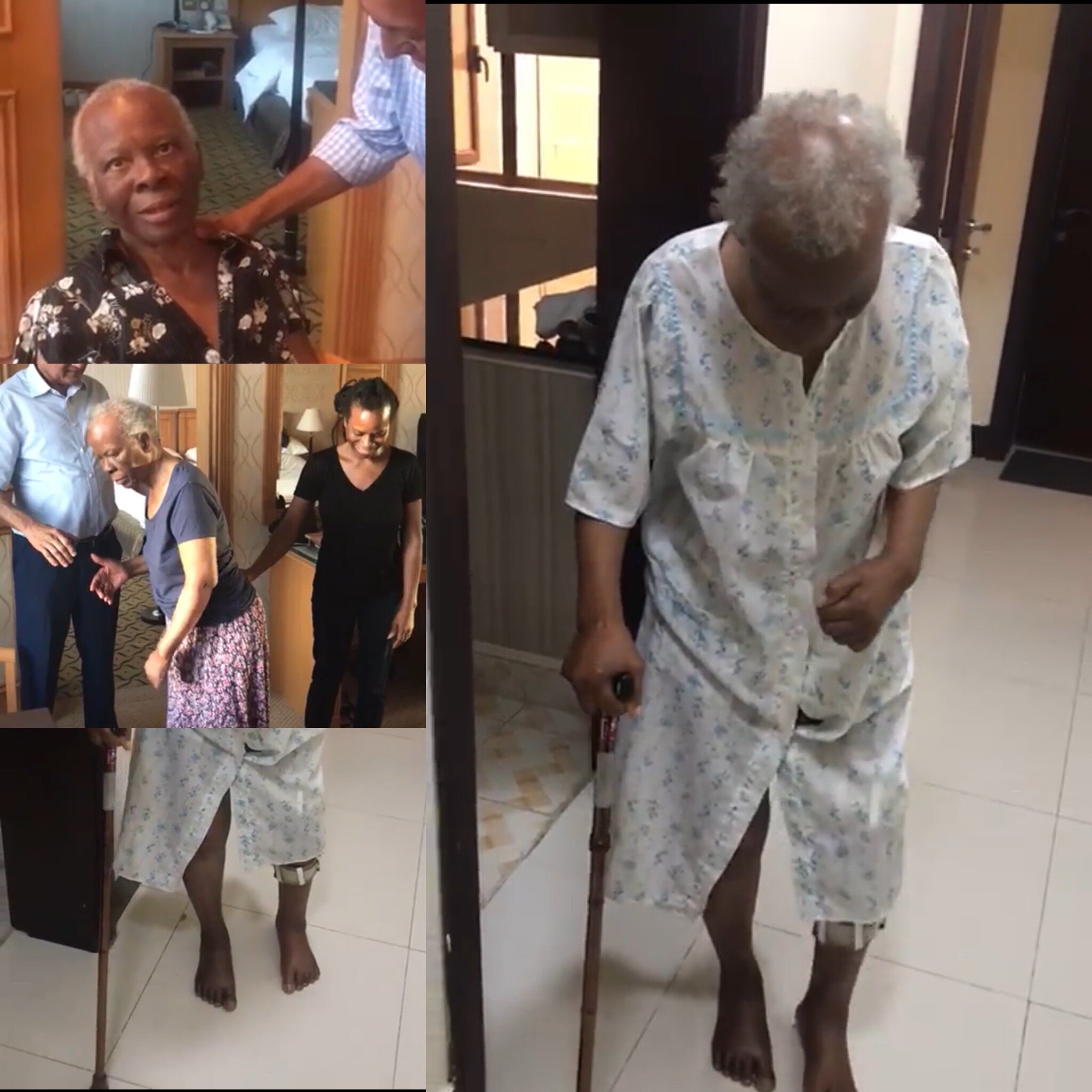




“The Neck Connection” is based on a revolutionary discovery, a first in medical history and forms the unique basics of treating strokes and cerebrovascular injuries.







